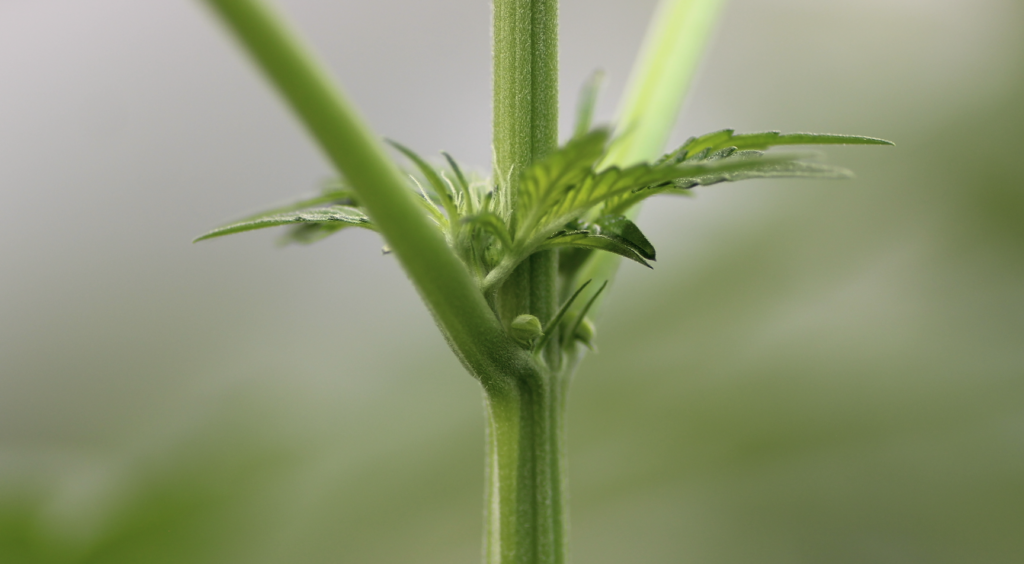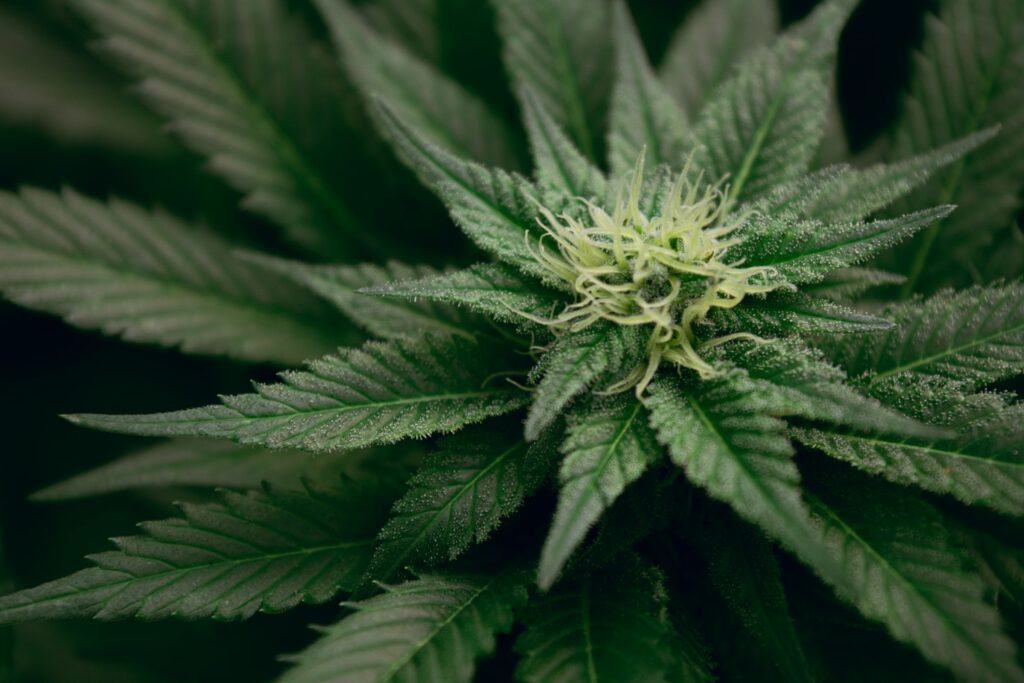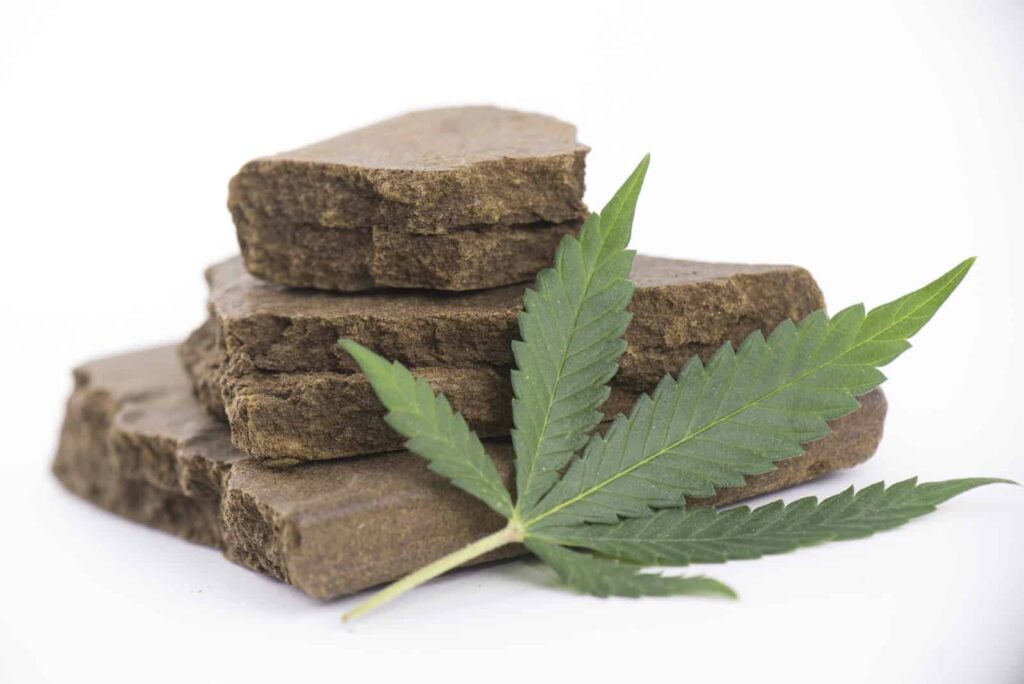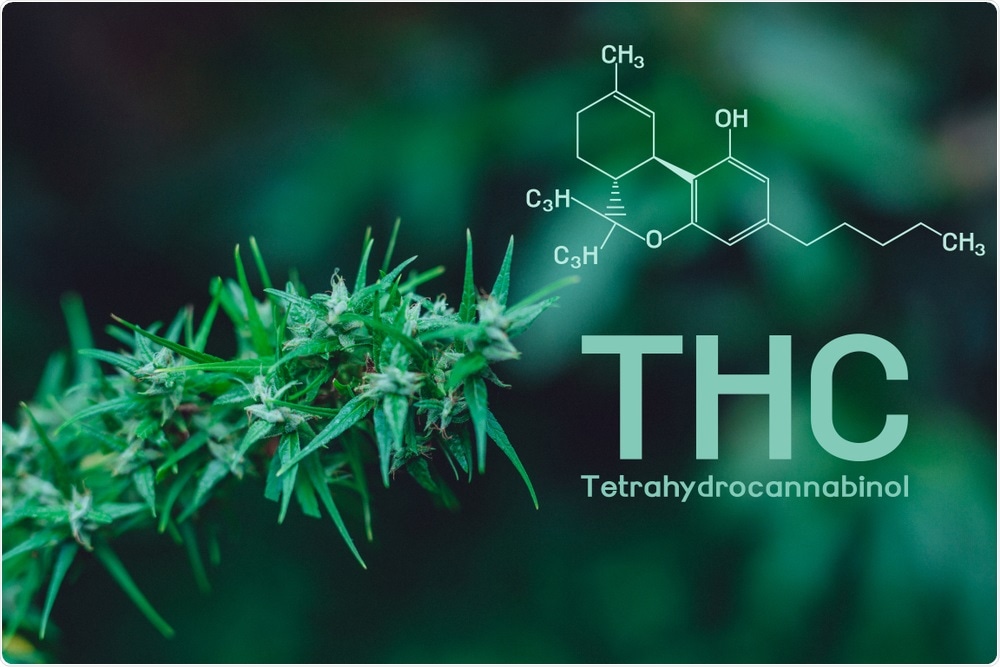Religious Use of Cannabis

For centuries, cannabis has been used for medical and religious purposes. Form the Chinese religion of Taoism to Indian Hinduism and Rastafarianism, all record the use of cannabis for enlightenment.
Taoism
One of the first religions that documented the use of cannabis was Taoism, an ancient Chinese religion. They would burn cannabis in items called censors, which are like the incense we burners we use today, however, they produce a larger quantity of smoke giving them the ability to inhale it. This process was called Wushang Biyao, described as “Supreme Secret Essentials”. They also continually explored a different way of creating “hallucinogenic smokes.” The use of cannabis at these ceremonies was for the specific use of high-ranking religious leaders and was not for public use. The effect of cannabis in these ceremonies was believed to enable communication with spirits and the ability to predict the future.
Hinduism
In the Hindu faith, ancient manuscripts reveal that cannabis was on a list of sacred plants that were protected by angels. Since age-old times, this plant has played an important role in the Hindu faith. “Bhang” is a mixture of cannabis and milk with other flavorings like rosewater and almonds that were often added. The consumption of bhang generally took place during festivals like Holi or Shivratri, which gives people a heightened state of enjoyment and thought to cleanse the body of sins. After Britain colonized India, they ran a study to investigate If Cannabis caused psychosis, and it was determined that cannabis had a deep rooting in Indian culture and religion. Today, bhang is sold legally at street vendors in the cities.
Scythians
In Europe and Central Asia, nomadic groups called the Scythians roamed the area, and they were thought to have widely spread the use of cannabis throughout this area. The way the Scythians used cannabis was to erect a small tent-like structure that would contain the smoke from burning hemp seeds, which was then inhaled. Ancient relics have confirmed that this practice indeed took place, as tombs were uncovered and remains of urns with burned cannabis seeds were found along with censors used for inhaling smoke.
The Old Testament
There is some debate that the word “kaneh bosm” in the Old Testament actually refers to cannabis and not the word “fragrance.” This would change things dramatically in the translation of certain texts. In various scripture, instructions were given to mix “kaneh bosm” to create holy ointments and anointing oil. This is assumed that cannabis-infused oils could assist with treating ailments and cause calming effects to people consuming them. The Israelites could have also gained the knowledge of cannabis from the Scythian traders. There is still disbelief that the translation of “kaneh bosm” really refers to cannabis.
Rastafarianism
We all know that Rastafarians and cannabis go hand in hand. This “modern” religion was started in the 1930s, so it is easier to comprehend how cannabis is entwined with their rituals. Although Rastafarians denounce any form of a drug that is viewed to damage the body, along with cannabis, purely for the reason to get high, they do allow the use of cannabis for religious purposes, which give the users a portal for spiritual fulfillment and to get closer to God. Rastafarians pray briefly before cannabis smoke is inhaled and these reasoning sessions also give time to discuss the Rastafarian way of life.
Sisters of the Valley
The legislation of cannabis around the world has promulgated a number of new groups who focus on different aspects of cannabis, and one such group calls themselves Sisters of the Valley. They wear full nun attires, and they produce and sell cannabis in various forms. They are often referred to as the Weed Nuns. Based out of California, they have created a business producing CBD oils and balms, rather for medical use than recreational value. They base their methods on the medieval Beguines, who were female healers and herbal medicine producers. They need to abide by the rules of the association, which produces their products strictly to the moon cycle.
In a Nutshell
Cannabis can be traced throughout history and is deeply rooted in many religions and cultures; the legalization of this plant has allowed for it to be more formally used in these situations. Giving that cannabis grows well in any environment and is a strong plant, explains its longevity throughout history and its prevalent use, not only for its medical uses but for many other attributes that have impacted man.






Responses